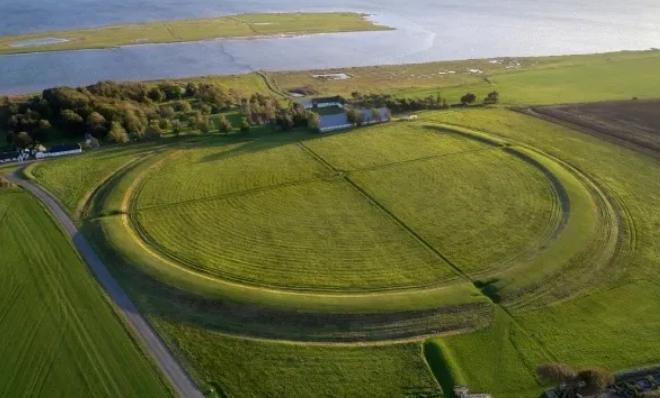The World Heritage Committee of the United Nations recently added 13 significant historical or artistic sites from nations such as Ukraine, China, Ethiopia, and Palestine to its protective World Heritage roster. During its second week of meetings in Riyadh, Saudi Arabia, the committee, which consists of representatives from 21 UN nations, voted for the additions and also approved the expansion of two existing sites.
Included are 54 historical Iranian caravanserais (roadside inns or shelters for travelers) located across 24 provinces. These caravanserais are situated along trade routes connecting Asia, Africa, and Europe, with the Silk Road being the most renowned.
The designation of the Tell es-Sultan archaeological site near the Palestinian city of Jericho in the Israeli-occupied West Bank drew criticism from Israel, who left UNESCO in 2019. As reported by the Jerusalem Post on Sunday, a government spokesperson described the designation as “another example of UNESCO’s cynical exploitation of the Palestinians.”
In a surprising decision, Venice was excluded from the list. Earlier in July, the UNESCO World Heritage Committee had expressed concern that Venice was inadequately addressing the repercussions of over-tourism and climate change, suggesting its inclusion in the endangered heritage list. However, Venice’s mayor, Luigi Brugnaro, celebrated the decision, declaring on Twitter that Venice was not under threat. He had earlier labeled the potential endangered designation as “strictly political.”
Last week, the committee expanded its list of Ukrainian sites due to the threats posed by the Russian offensive, according to a UNESCO statement. New inclusions are the Saint Sophia Cathedral, the Kyiv-Pechersk Lavra monastery in Kyiv, and the historic heart of Lviv.
Below are the new UNESCO designations for endangered world heritage:
Mount Pelée and Northern Martinique’s Volcanoes and Forests, France
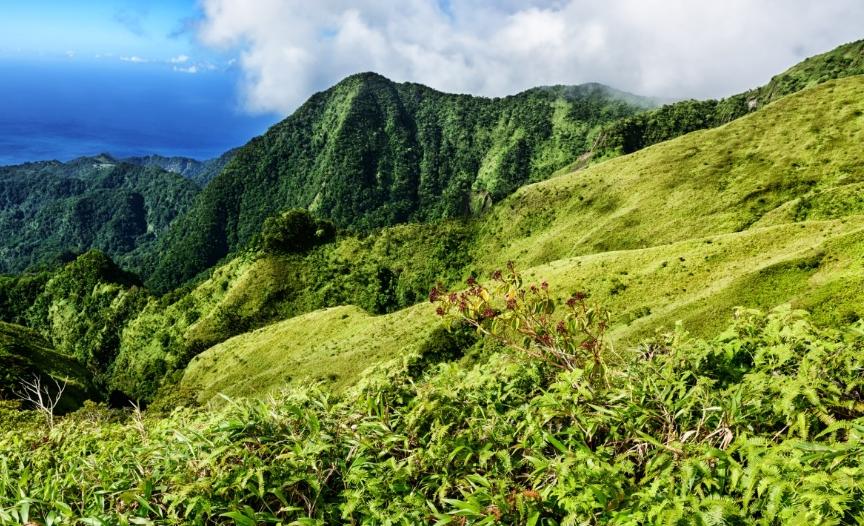
This region was deeply impacted by volcanic eruptions between 1902-1905, which significantly influenced the culture of Martinique, especially in the town of St. Pierre. Notable endangered species in the area include the Martinique Volcano Frog, the Lacépède’s Ground Snake, and the endemic Martinique Oriole.
Odzala-Kokoua Forest Massif, Congo
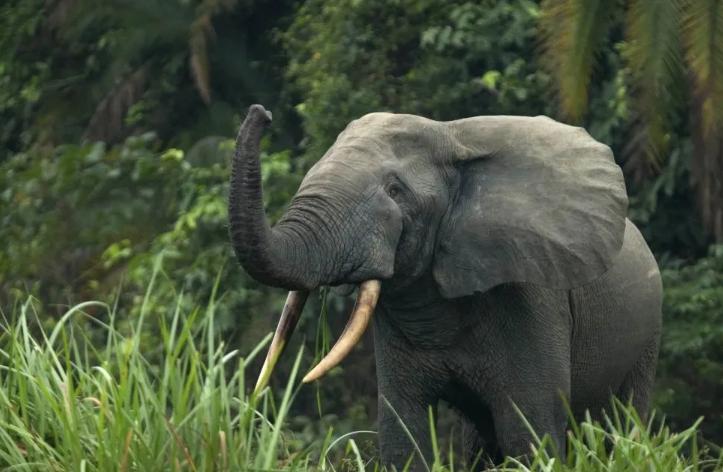
UNESCO recognizes this vast green expanse as an outstanding representation of post-glacial forest reclaiming savanna ecosystems. The region shelters the Congolese Forest, Lower Guinean Forest, and Savanna, all of which are rich in diverse, yet diminishing, flora and fauna. It’s also Central Africa’s primary sanctuary for forest elephants.
Kuldīga Old Town, Latvia
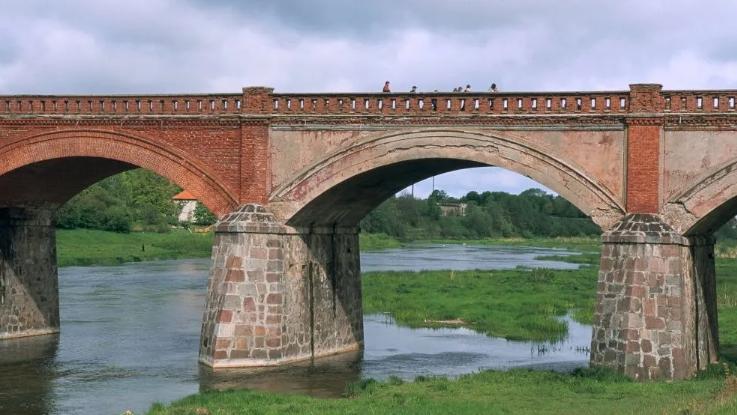
The historical town of Kuldiga in western Latvia showcases a harmonious blend of traditional Latvian and foreign architectural styles. It played a central administrative role from the 16th to the 18th centuries.
Jewish-Medieval Heritage of Erfurt, Germany
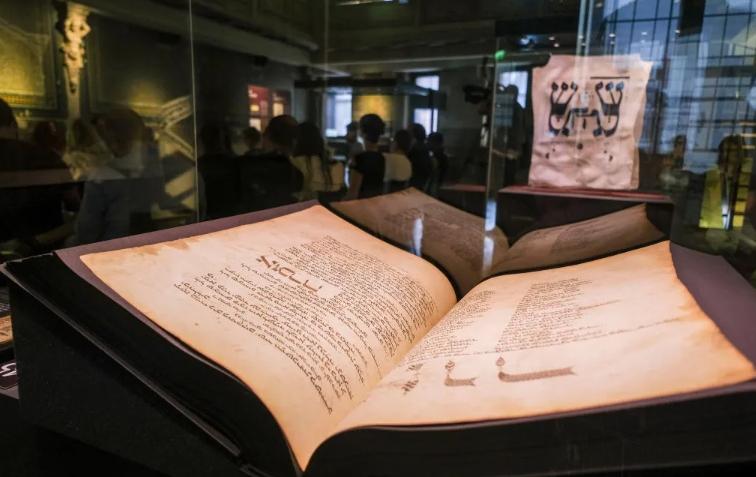
Located in Erfurt’s historical center, this site consists of the Old Synagogue, the Mikveh, and the Stone House. These landmarks reflect the integration of the Jewish and Christian communities from the late 11th to mid-14th century.
Viking-Age Ring Fortresses, Denmark
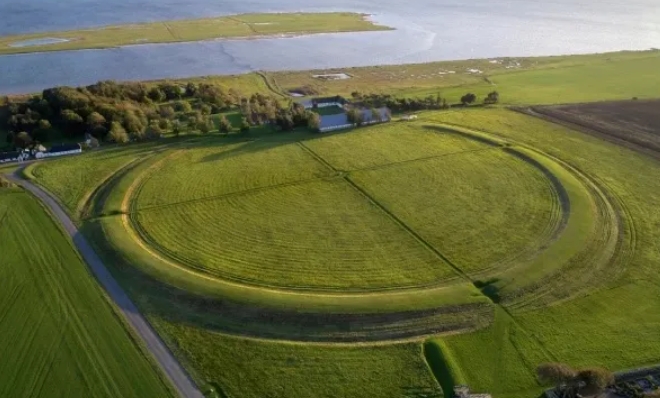
This complex encompasses five ring-shaped Viking-Age fortresses with a unique geometric layout. Built between 970 and 980 CE, these fortresses were strategically situated near significant land and sea pathways.
Tr’ondëk-Klondike, Canada
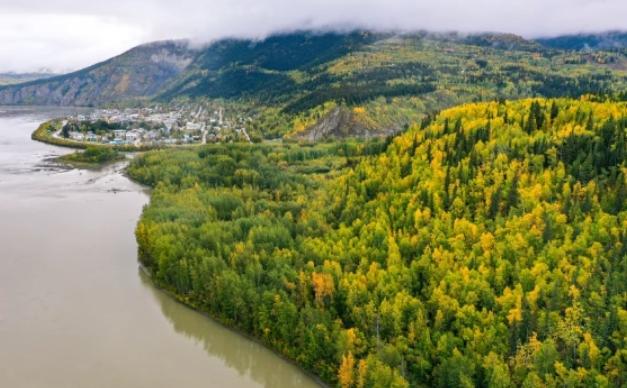
Located along the Yukon River, this area has deep historical significance related to the societal changes experienced by the indigenous Tr’ondëk Hwëch’in First Nation community during the Klondike Gold Rush in the late 19th century.
The Persian Caravanserai, Islamic Republic of Iran
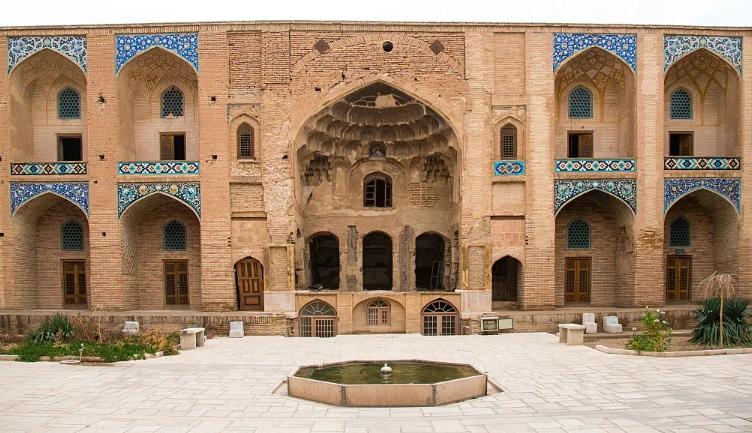
This designation includes 54 historical Iranian caravanserais. These roadside shelters, situated along significant trade routes, notably the Silk Road, provided refuge for travelers.
Santiniketan, India
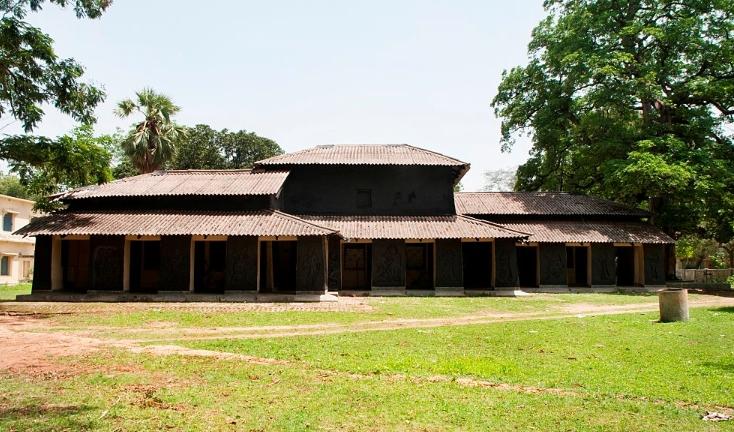
Established in West Bengal in 1901 by poet and philosopher Rabindranath Tagore, Santiniketan was conceived as a residential school promoting traditional Indian arts and the idea of transcending religious and cultural divides. The “world university” or “Visva Bharati” was founded here in 1921.
Old Tea Forests of Jingmai Mountain, Pu’er, China
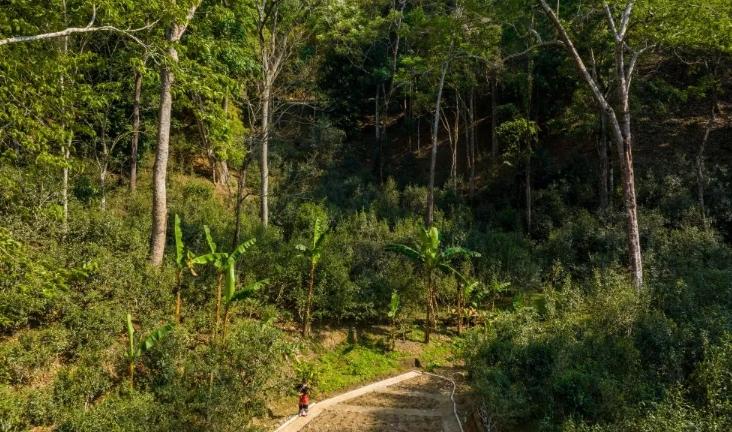
The ancient tea forests of Jingmai Mountain are notable for their traditional cultivation methods. UNESCO acknowledges the region’s importance as a product of over a millennium of care by the Blang and Dai communities.
Gaya Tumuli, Republic of Korea
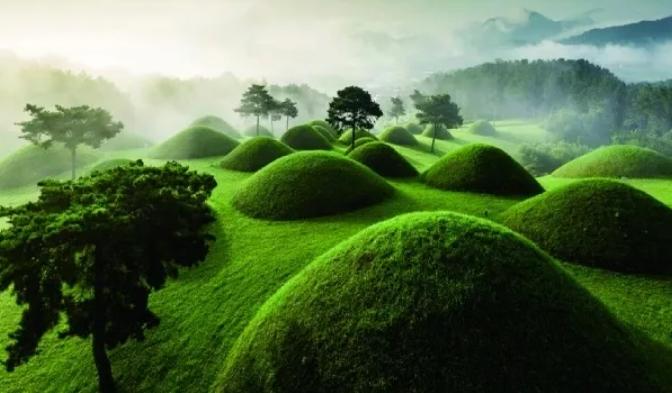
This site houses burial mounds related to the Gaya Confederacy that existed on the Korean Peninsula from the 1st to the 6th century CE.
Deer Stone Monuments, Bronze Age, Mongolia
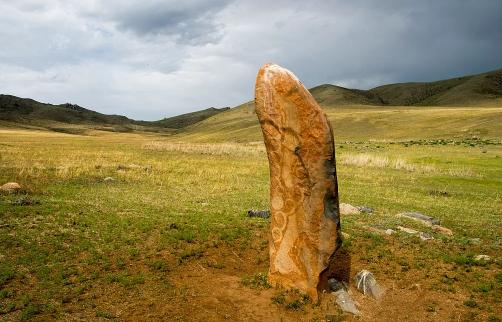
From approximately 1200 to 600 BCE, these stone markers adorned with deer imagery played a crucial role in the funeral traditions of central Mongolia.
Archaeological Site of Koh Ker, Cambodia
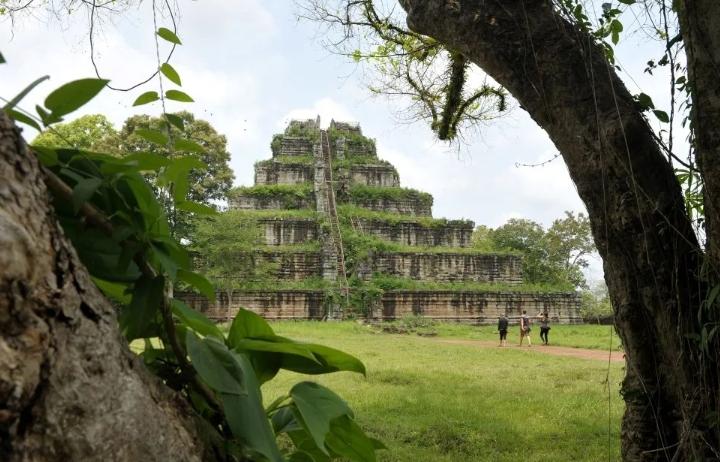
Koh Ker, once a capital of the Khmer Empire, contains temples, sculptures, paintings, and inscriptions. It was the ruling center from 928 to 944 CE.
The Gedeo Cultural Landscape, Ethiopia
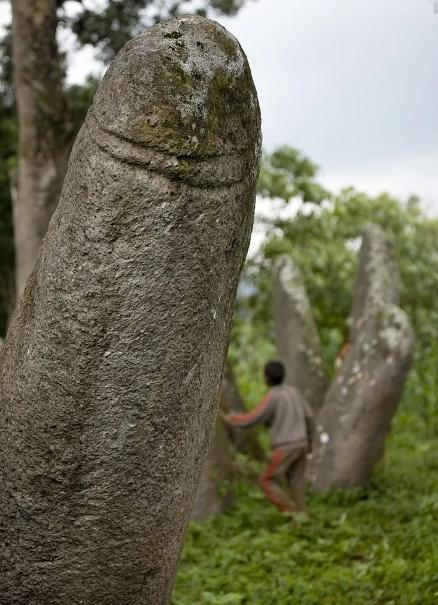
Located on the east side of the Main Ethiopian Rift, this region holds sacred significance for its guardians, the Gedeo people. Their traditional farming techniques have preserved the valuable enset plant and the coffee that grows beneath it.
Silk Roads: Zarafshan-Karakum Corridor, Central Asia
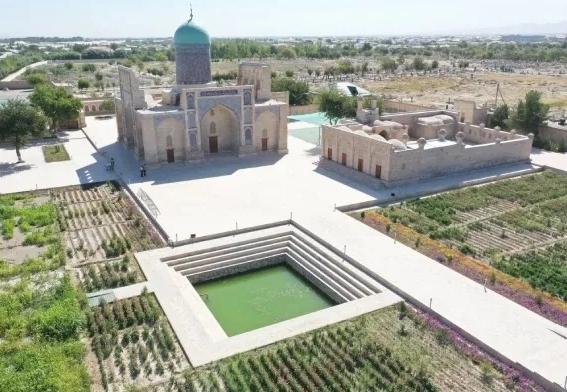
This corridor is a crucial part of the Silk Road in Central Asia, bridging various sections of the ancient trade route.

